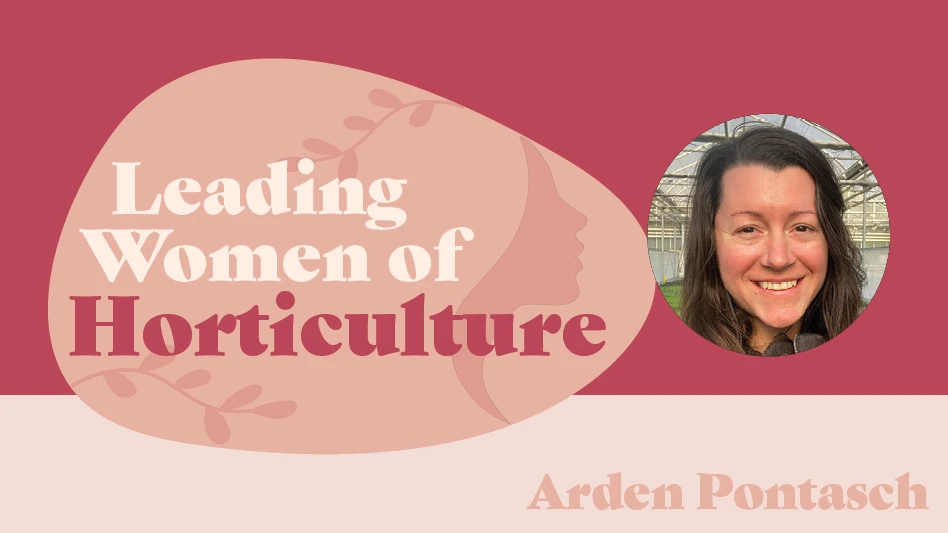
Margery Daughtrey, University of Cornell

Downy mildew diseases are caused by oomycetes, a group of fungus-like organisms that also includes Pythium and Phytophthora species. Downy mildew pathogens are very different from powdery mildews. They attack different plants under different environmental conditions. Also, they are controlled by different classes of fungicides.
Most of the downy mildew fungi are very host specific and infect only one plant family. Pathogens include species of Peronospora, Pseudoperonospora, Bremia, Plasmopara, and Basidiophora. Downy mildews infect almost all ornamental plants as well as some indoor plants. Perennial hosts include aster, buddleia, coreopsis, geranium (not Pelargonium), geum, gerbera, lamium, delphinium, veronica and viola. Downy mildew is also caused on rose by Peronospora sparsa.
Source: UMass Extension

Explore the April 2021 Issue
Check out more from this issue and find your next story to read.
Latest from Nursery Management
- Plant breeding as an art
- Society of American Florists accepting entries for 2025 Marketer of the Year Contest
- Sustainabloom launches Wholesale Nickel Program to support floriculture sustainability
- American Horticultural Society welcomes five new board members
- Get to know Christopher Brown Jr. of Lancaster Farms
- American Floral Endowment establishes Demaree Family Floriculture Advancement Fund
- The Growth Industry Episode 3: Across the Pond with Neville Stein
- The Growth Industry Episode 2: Emily Showalter on how Willoway Nurseries transformed its business





